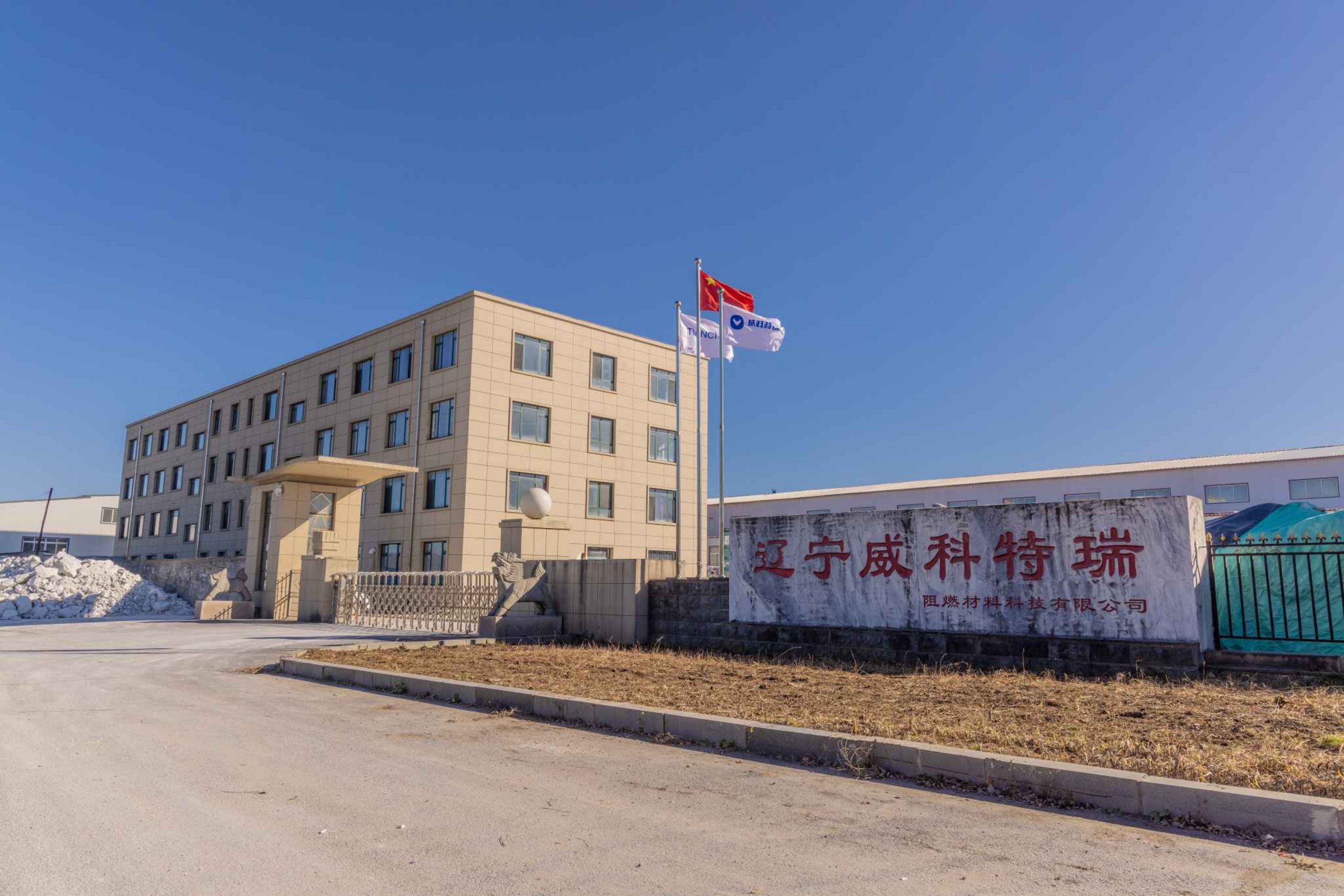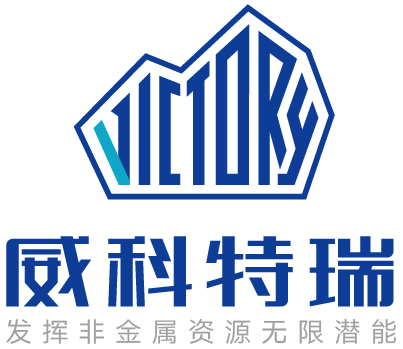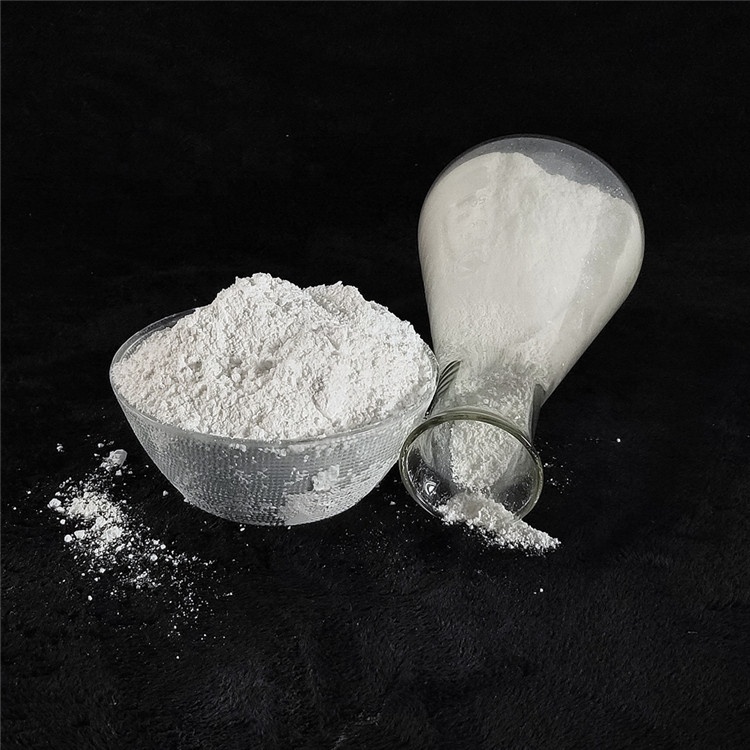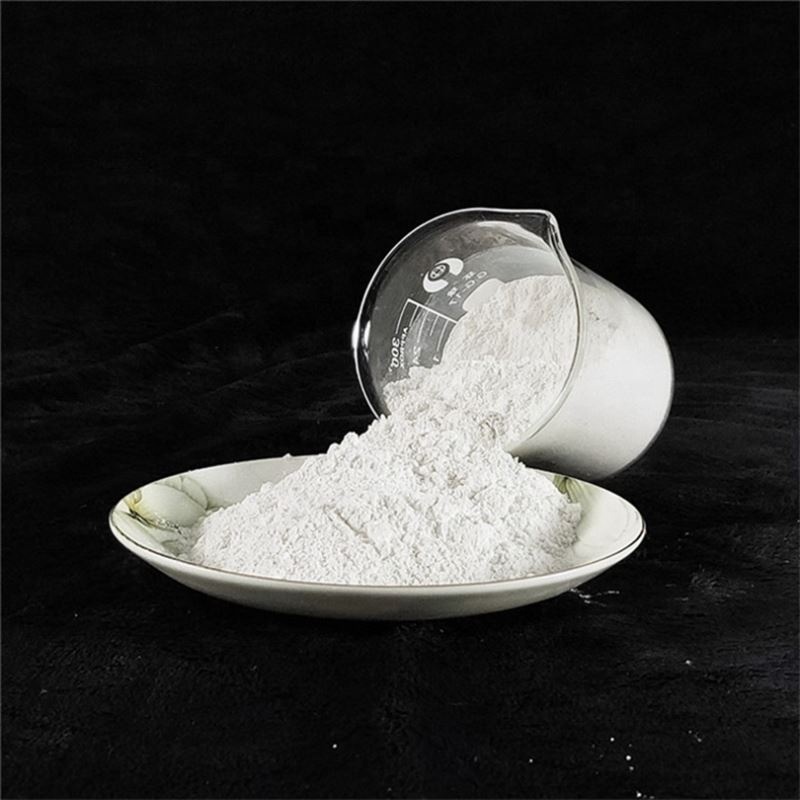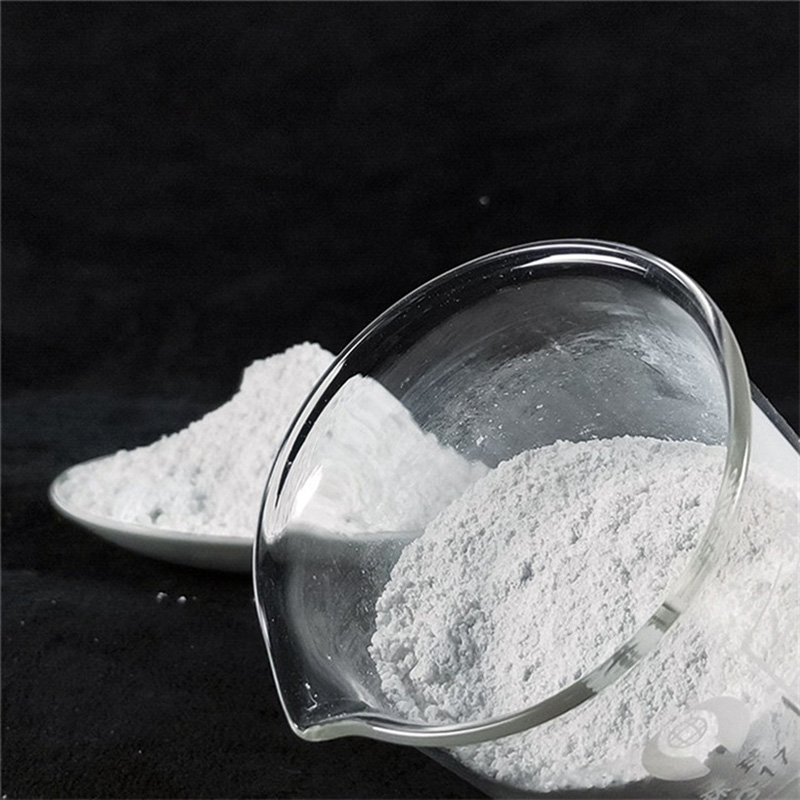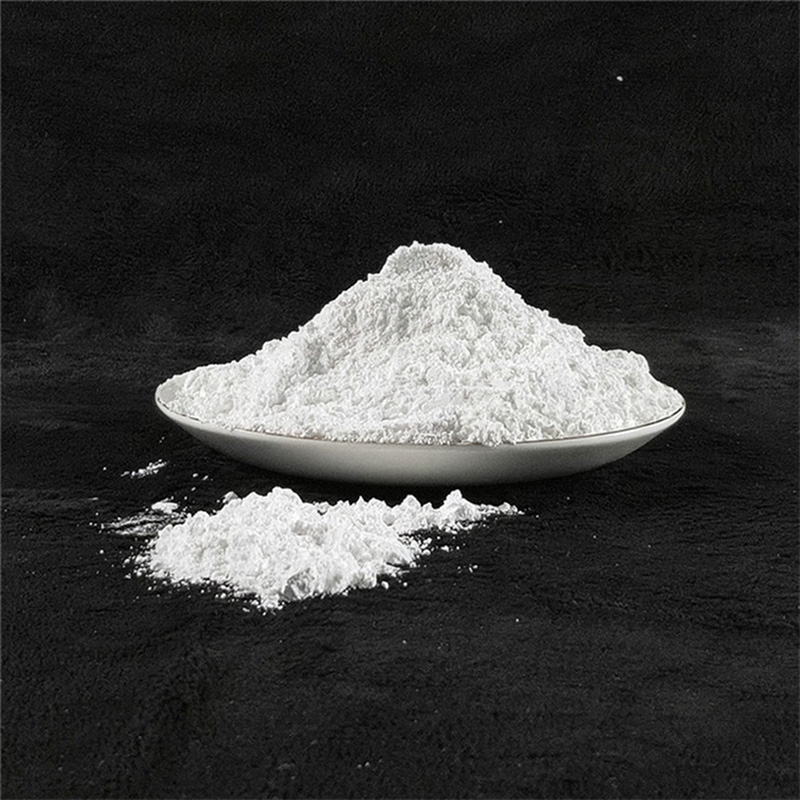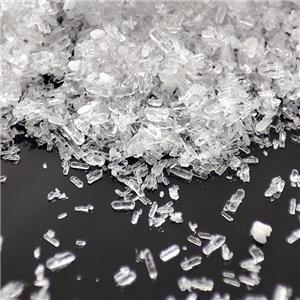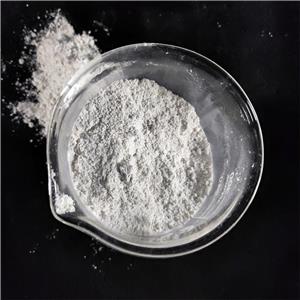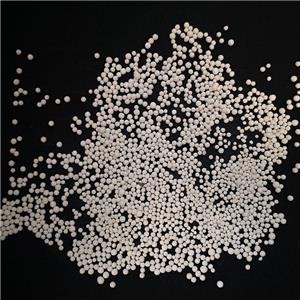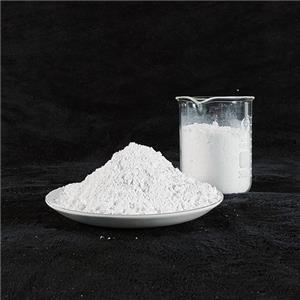
- Victory
- China
- Quantity(Tons) 1 - 10 11 - 40 41 - 100 >100 Est. Time(days) 5 7 15 To be negotiated
- 2000T/Month
1.Antimony trioxide for Flame-retardant can increase the oxygen index (LOI) of the composite material by 30-50%.
2.Antimony trioxide for Flame-retardant Remains stable within the processing temperature range of engineering plastics such as PP and PA.
3.Antimony trioxide for APCP An addition amount of 3-5% will be sufficient to achieve UL94 V-0 standard.
4.Antimony trioxide for APCP Does not affect the surface quality and post-processing performance of the composite materials.
5.Antimony trioxide for Flame-retardant compared with other flame-retardant systems, it can reduce the smoke production by more than 30%.
Introduction
Antimony trioxide for Flame-retardant (Sb₂O₃) is a widely used flame retardant synergist, particularly in halogen-containing systems. Due to its excellent smoke suppression and flame-retardant properties, antimony trioxide for Flame-retardant is extensively applied in various composite materials, including aluminum-plastic composite panels (APCP), flame-retardant artificial boards, and other polymer-based composites. This article explores the role of antimony trioxide in enhancing the fire resistance of these materials.
1. Antimony Trioxide for Aluminum-Plastic Composite Panels (APCP)
1.1 Overview of APCP
Aluminum-plastic composite panels consist of polyethylene (PE) or other polymer cores sandwiched between two aluminum layers. While these panels offer lightweight and durable construction solutions, their organic core materials are highly flammable, necessitating the use of flame retardants.
1.2 Role of antimony trioxide for APCP
Synergistic Effect with Halogenated Flame Retardants: antimony trioxide for APCP works synergistically with halogen compounds (e.g., chlorinated or brominated flame retardants) to form antimony halides, which inhibit flame spread by scavenging free radicals in the gas phase.
Smoke Suppression: antimony trioxide for Aluminum-plastic composite panel Reduces toxic smoke emissions during combustion, improving fire safety.
Thermal Stability: antimony trioxide for Aluminum-plastic composite panel Enhances the thermal resistance of the polymer core, preventing rapid ignition.
1.3 Application in APCP Manufacturing
antimony trioxide for APCP is typically incorporated into the polyethylene core during extrusion, ensuring uniform dispersion for optimal flame-retardant performance.
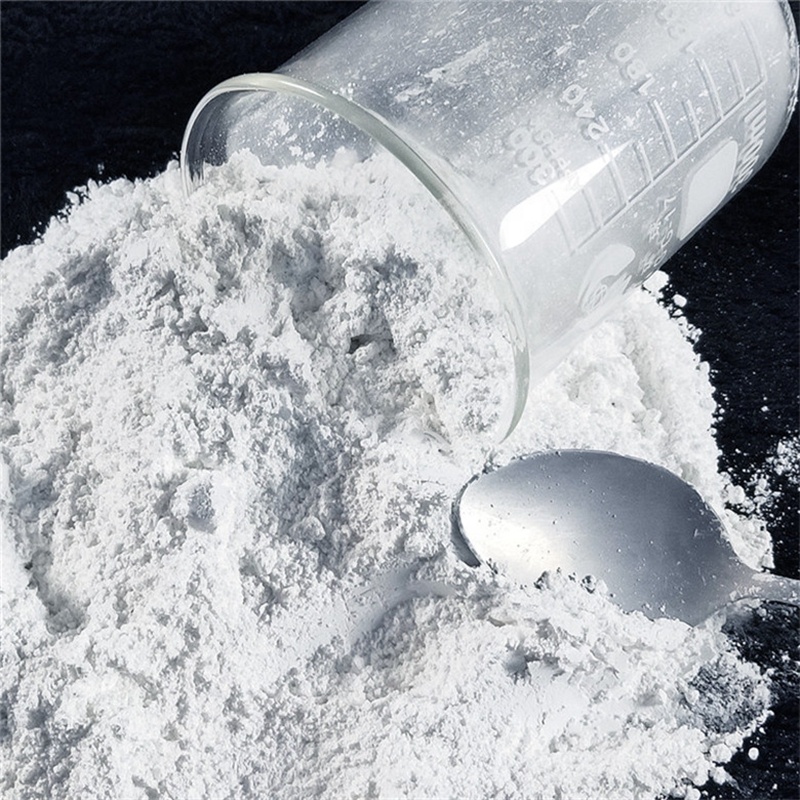
2. Antimony Trioxide for Flame-Retardant Artificial Boards
2.1 Overview of Flame-Retardant Artificial Boards
Artificial boards, such as particleboard, fiberboard, and plywood, are widely used in construction and furniture. However, their organic components (e.g., wood fibers, adhesives) are combustible, requiring flame-retardant treatment.
2.2 Mechanism of antimony trioxide for Flame-retardant artificial board
Combination with Halogenated Resins: When used with halogenated resins (e.g., PVC or flame-retardant adhesives), antimony trioxide for Flame-retardant artificial board enhances char formation and reduces flammability.
Delayed Ignition: Slows down the decomposition of wood polymers, delaying ignition and flame spread.
Compliance with Fire Safety Standards: Helps artificial boards meet stringent fire resistance regulations (e.g., UL94, GB 8624).
3. Advantages and Challenges of Using Antimony Trioxide
3.1 Advantages
High Efficiency: Small amounts (3-5%) significantly improve flame retardancy.
Cost-Effective: More economical than many alternative flame retardants.
Versatility: Compatible with various polymers and composite systems.
Conclusion
Antimony trioxide for APCP remains a critical component in flame-retardant composite materials, particularly in aluminum-plastic composite panels (APCP) and artificial boards. Its synergistic effect with halogenated compounds ensures effective fire resistance, smoke suppression, and compliance with safety standards.
| Item | Appearance | Antimony Trioxide (Sb2O3) | Density | Sb2O3 content | Other content(ATH/MDH/DBDPE/CaCO3 /Zinc borate) |
| Antimony composite powder-80 | White powder | 99.80% | 3.73g/cm³ | 80% | 20% |
| Antimony composite powder-90 | White powder | 99.80% | 3.73g/cm³ | 90% | 10% |
Company Introduction:
LIAONING VICTORY FIRE-RETARDANT MATERIAL TECHNOLOGY CO.,LTD. is a research and development, production and sales of integrated company mainly operate inorganic fire retardant and non-metallic mineral products.
Our main products contain Talc products, environmental flame retardants, such as Magnesium Hydroxide, Aluminium Hydroxide, Silica Flame Retardant and Composit Flame Retardant, CCM(MgO), Composit Magnesium Fertilizer,Antimony trioxide,Kaolin,Chlorite,CaCO3,Barite,Perlite,Fluorite,Titanium Dioxide and other non-metallic materials.
